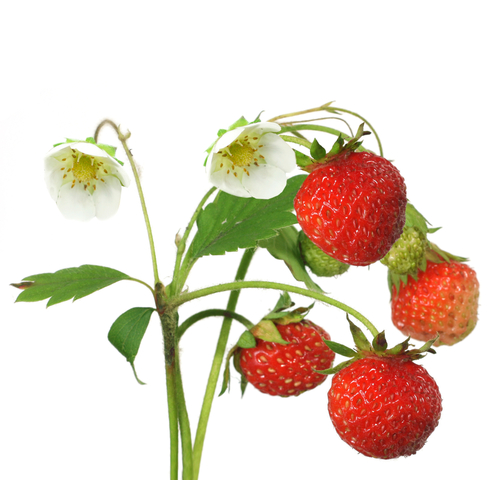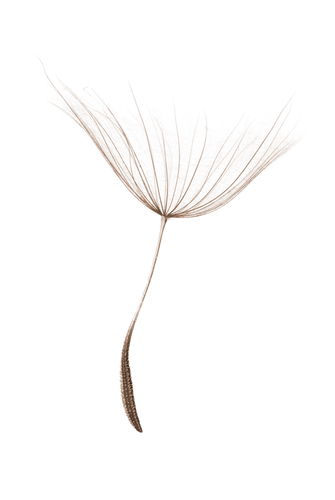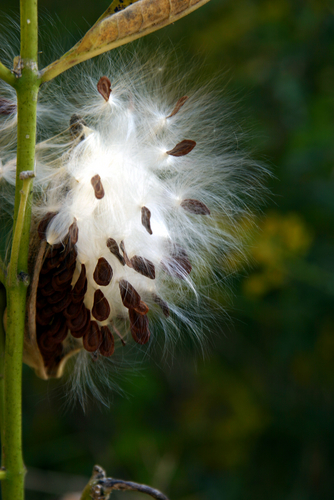In this activity, we will get to grips with two key processes:
1. Seed and fruit formation
2. Dispersal
First, let's recap what pollination and fertilisation mean since these two processes have to happen before dispersal can take place.
Only once a flowering plant has been fertilised through the process of pollination can the fertilised egg develop into the seed. This seed then needs to be dispersed or spread away from the parent plant to minimise competition for water, sunlight and nutrients from the soil.
Pollination
During pollination, pollen grains (male sex cells) are moved from the anther of one flower to the stigma of another, on the backs of insects or by the wind. The goal of every living organism is to reproduce, and pollination allows plants to do this by producing seeds through the process of fertilisation.
Fertilisation
After the pollen (male sex cells) successfully lands on the stigma of a flower of the correct species via pollination, this triggers a pollen tube to grow through the tissues of the flower until it reaches an ovule (female sex cells) inside the ovary.
Once the pollen tube reaches the ovary, the nucleus of the pollen grain joins with the nucleus of the ovule. This is fertilisation. Then, the fertilised egg develops into a seed.
Seed and fruit formation
After fertilisation, the ovary develops into the fruit tissue we eat, which holds the seeds developed from the fertilised ovule.
A seed has three main parts:
1. Embryo = the infant root and shoot that will grow to become an adult plant
2. Food store = starch for the infant plant to use up until it is able to photosynthesise
3. Seed coat = the seed's hard protective outer shell

Dispersal
Once the seeds have been made they need to be dispersed or spread far, far away from each other and the parent plant. This is so that the seeds don't have to compete for resources such as food, light and space with each other. This would be disadvantageous (a downside) if they did.
Plants disperse their seeds using different methods:
1. Wind dispersal

2. Animals (inside) - animals eat brightly coloured fruits such as strawberries and disperse the seeds in their poo
3. Animals (outside) - they stick to the fur of animals and get carried away from the plant
4. Self-propelled seed pods - these plants have pods that burst open when they are ripe or when they are touched, catapulting seeds away from the parent plant

There was a lot of information to take in. But we'll work through 10 questions together so that you feel super confident and can identify any areas you need to revise further.
Over to you.
Want a bit more help with this before you begin? Why not watch this short video?









